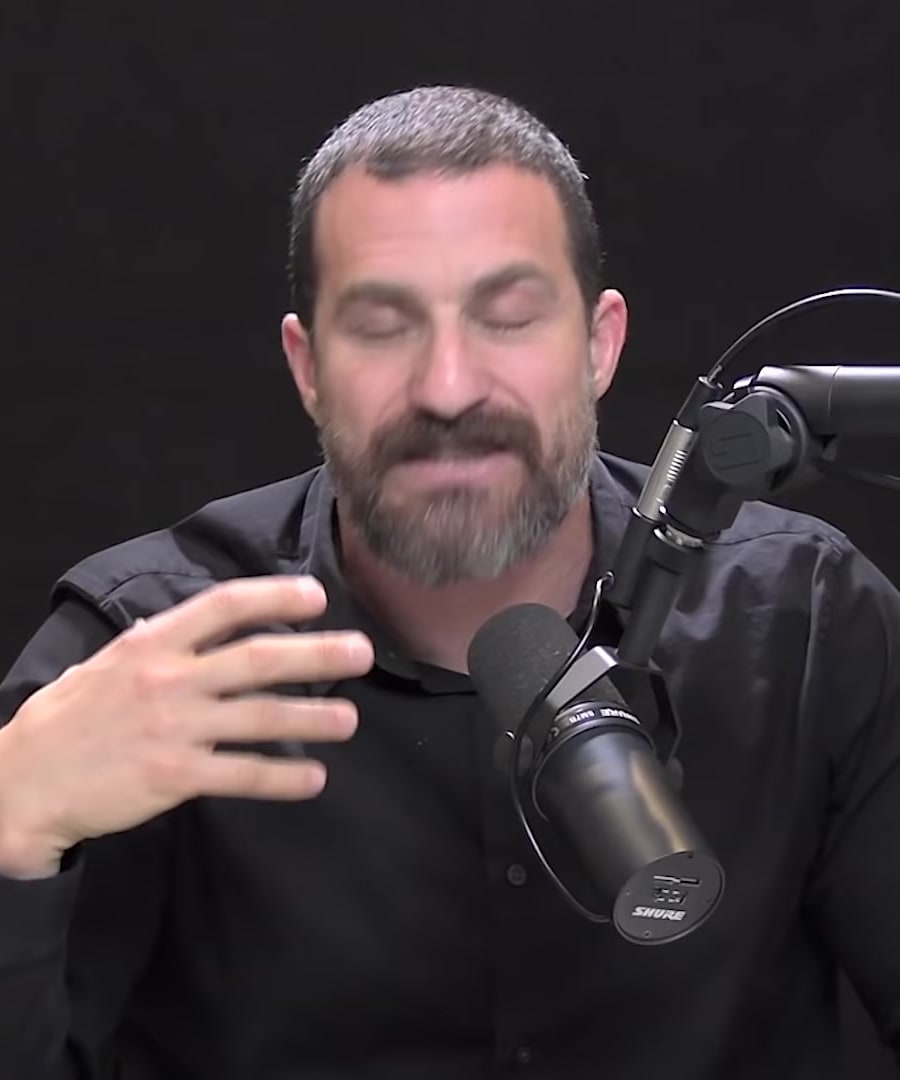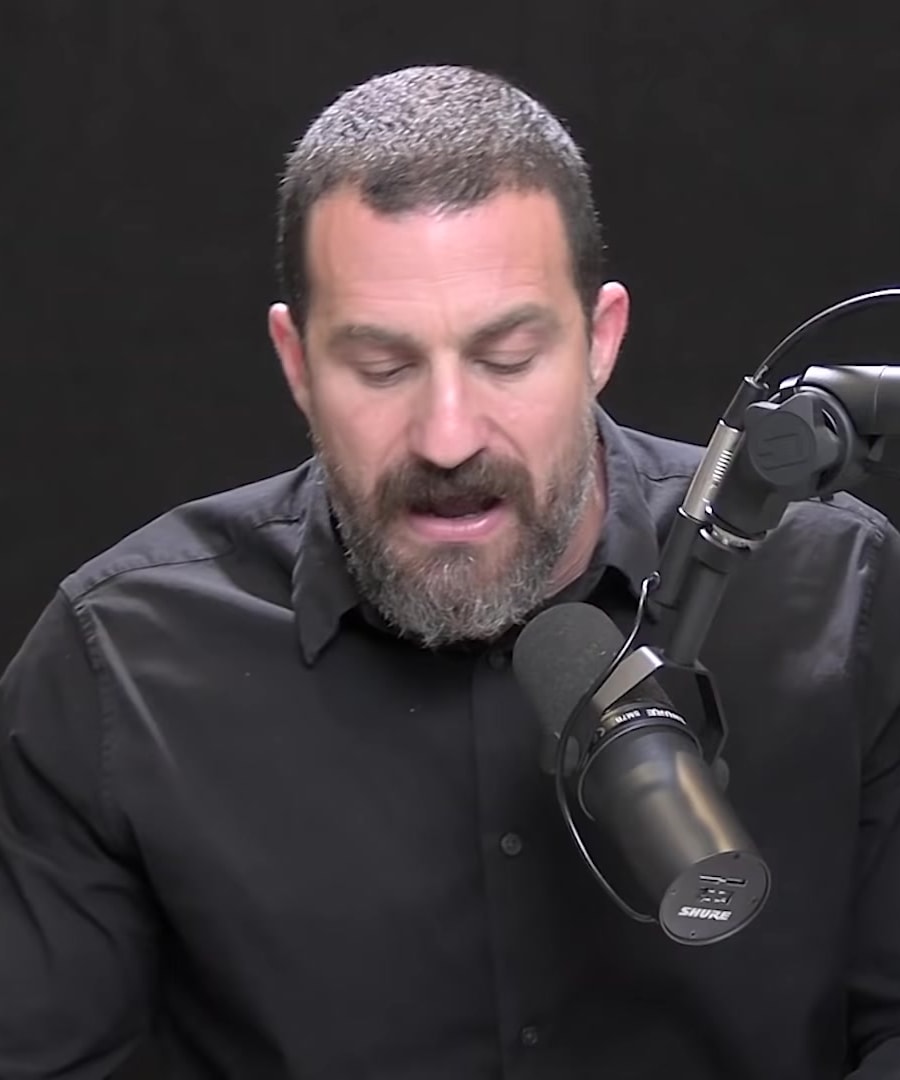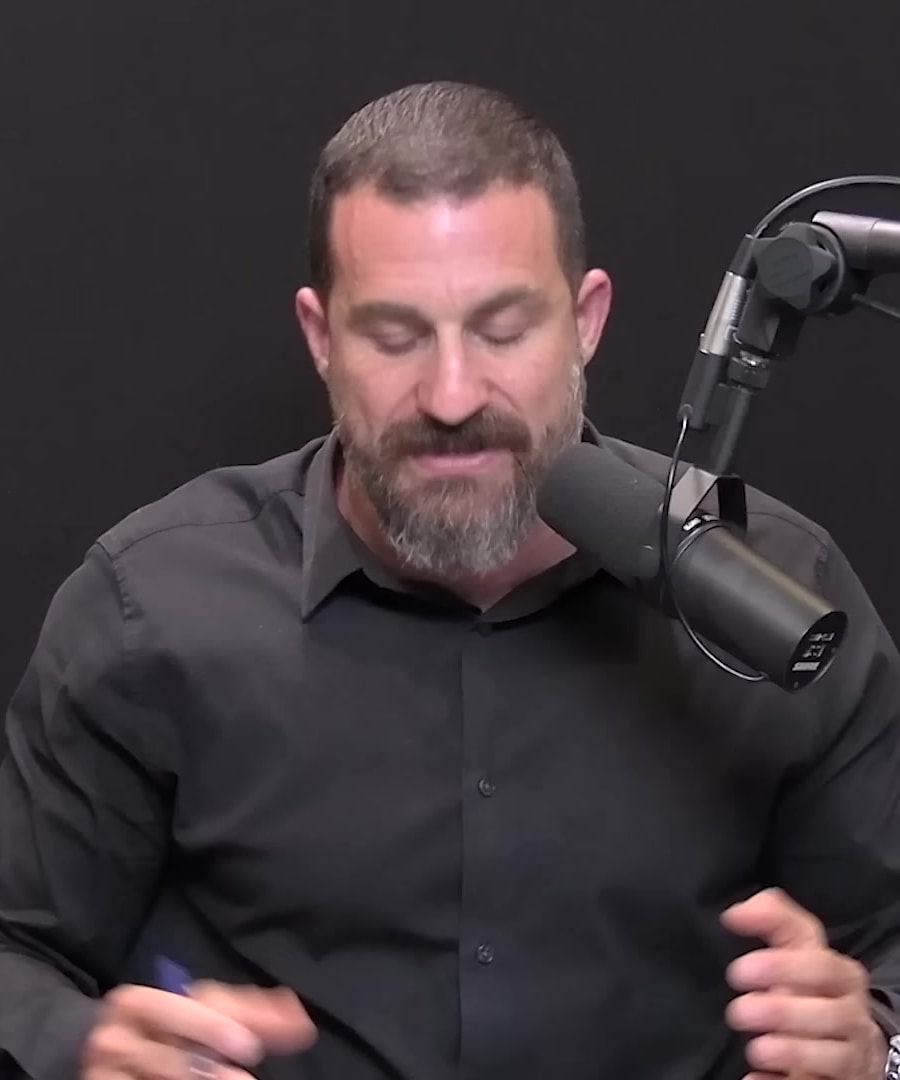How to use space-time bridging?
Sources:
Space-Time Bridging (STB) is a practice introduced by that involves using the visual system to connect different points in space and time to effectively set and achieve goals. It is designed to help align cognition with long-term goals while also focusing on more immediate tasks and is grounded in the neuroscience of how vision and perception of time are related. Here is a summary of how STB can be practiced:
- Close your eyes and focus entirely on interoception—your internal landscape, such as breathing and heart rate (1).
- Gradually shift your focus to exteroception—things outside your immediate environment, moving from the peripersonal (within reach) space to the extrapersonal (beyond reach) space and back (2).
- Perform this shifting of focus through different "stations" or "horizons," beginning with close attention to the body and extending to broader visual spheres, then back inward (3).
- By carving up space with our vision, we also carve up time, and this practice helps bridge these aspects simultaneously. Fine slicing of time refers to higher frame rates or more detailed perception of time, while looking at broader landscapes leads to parsing time within larger bins (4).
- This approach reinforces behavior through intermittent rewards and helps maintain a focus on immediate tasks in the service of longer-term goals (3).
- It's a daily practice that can be done once or even twice a day, taking about 90 seconds to three minutes. It may enhance task switching and the ability to shift between different time domains (5).
explains that when we focus on things close to our body, we tend to slice up time finely, while focusing on distant things allows us to perceive time in a broader scope (6). STB is a perceptual exercise designed to engage different time domains by focusing on internal states and then expanding attention progressively towards wider spaces (5).
RELATED QUESTIONS





